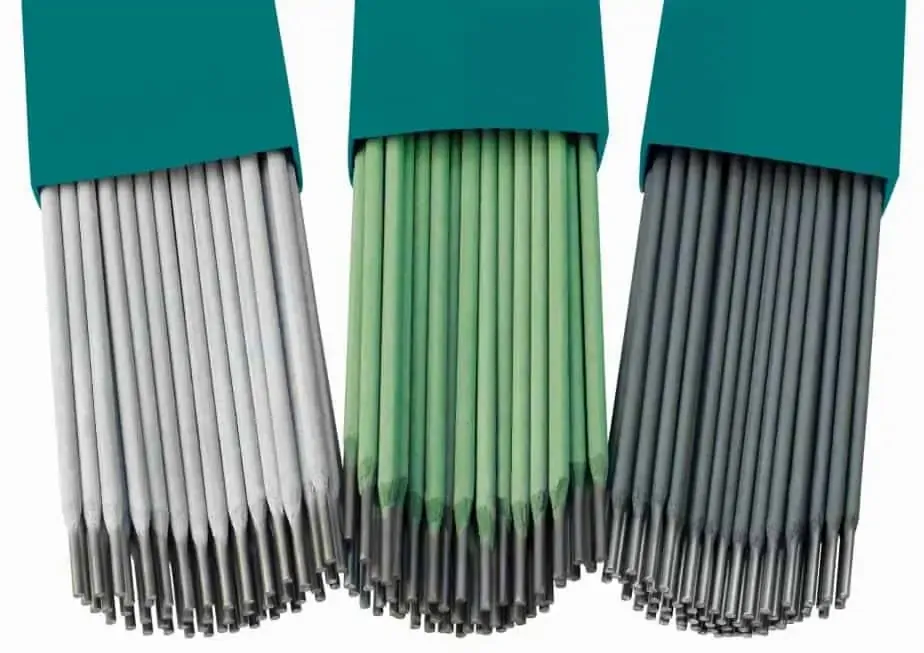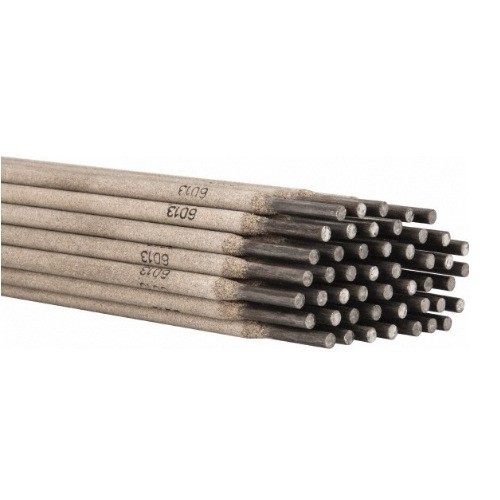Select the right size of electrode wire using this guide on “how to select welding rod size”.
Welding is a common trade that many people learn to create parts and assemblies from metal. For welding, the correct welding rod size is important so that the welds are strong and the heat isn’t too high. This article will explain how to select the right welding rod size for a given project.
What is Welding Rod Size?
Welding rods come in a wide variety of sizes, each with its specific purpose. Here we will discuss the welding rod size best for your project and how to select it.
Welding rod size is specified in terms of the wire diameter used. A common size is .030 inches (7.62 mm), but other sizes are available, depending on the application.
The most important factor in choosing welding rod size is your welding material. The smaller the welding rod, the higher the heat required to weld. A smaller welding rod will be better for metals that can take a lot of heat, like steel and aluminium.
On the other hand, a larger welding rod will be better for materials requiring less heat, like plastic and wood. Special-purpose welding rods are also available in different sizes, such as TIG (inert tungsten gas) welding rods larger than normal wire rods.
To find the right weld rod for your project, start by measuring the outside diameter of the object you want to weld. This measurement is called “rod size.” Next, find a rod that matches this size and buy it.

How to select the right welding rod size
Welding rod size is one of the most important factors when welding. Not only does the right welding rod size affect the quality and speed of your welds, but it can also affect the amount of heat required to complete a project.
Here are four tips for selecting the right welding rod size:
- Always use a standard welding rod size guide.
- Consult with a welding professional.
- Use a welder’s assistant or a test weld to determine the right rod size.
- Follow the manufacturer’s instructions for the specific welding rod size.
Get the Right Welding Rod Size Now and Save Time and Money! Shop Our Wide Selection of Welding Electrodes and Get the Best Deals Today!
Checking the Welding Rod Size for Fit
When selecting welding rod size, it is important to match the rod size to the diameter of the weld joint.
This can be done by measuring the weld joint circumference and using that information to find the welding rod size closest to the required size. In addition, it is important to check the rod tip diameter to fit into the welder’s torch tip.
Common welding rod sizes
When selecting a welding rod for your project, it is important to consider the size of the weld you need. Welding rods come in various sizes and gauges, from .035″ to .110″, and each has its specific purpose. Here are some tips on how to select the right welding rod size for your project:
- To determine the size of weld you need, first identify the diameter of the object you will be welding. This can be done by measuring the object’s length and dividing that number by two (or using a rod diameter gauge).
- Next, find a welding rod that matches this diameter. The most common welding rods range from .035″ to .110″, with smaller rods used for small welds and larger rods used for larger welds.
- Welding rods are also graded according to their tensile strength (the amount of stress they can withstand before breaking). The most common grades are A2, A3, and A4; each has a higher tensile strength than the previous one.
- Finally, choose a welding rod based on its intended use. For example, A2 welding rods are best for mild welding steel, while A4 welding rods are best for welding heavy-duty metals.
What factors influence to Select Welding Rod Size
Welding rod size selection can be a daunting task for the novice welder. There are many factors to consider when selecting the correct welding rod size for your project. In this blog post, we will discuss some of the key factors that influence welding rod size selection.
Welding Rod Size Chart
When selecting a welding rod for your project, you must first consult a welding rod size chart. The chart will list the various types of welding rods and their corresponding sizes. The sizes listed on the chart correspond to the weld bead’s the inside diameter (ID).
It is important to select a welding rod that matches the ID of the beads you plan to use. For example, if you are using an argon gas weld, you will need an argon gas welding rod with an ID of .035 inches or smaller. If you use a stainless steel weld, you will need a stainless steel welding rod with an ID of .030 inches or smaller.
Other Factors To Consider When Selecting Welder Rod Size
Other factors influencing welding rod size selection include the type of Welding Material You Will Be Using, Your Welder’s Capabilities, and Your Project’s Requirements.
When selecting a welding rod for your project, you must first consult a welding rod size chart. The chart will list the various types of welding rods and their corresponding sizes.

Conclusion on how to select welding rod size
Welding is an important part of many construction and repair projects, but it can be frustrating trying to find the right welding rods for the job.
In this article, we’ll discuss selecting the right welding rod size for the task based on the material being welded and your welding experience. By following these tips, you will be able to choose a welding rod that is both safe and effective for your project.
